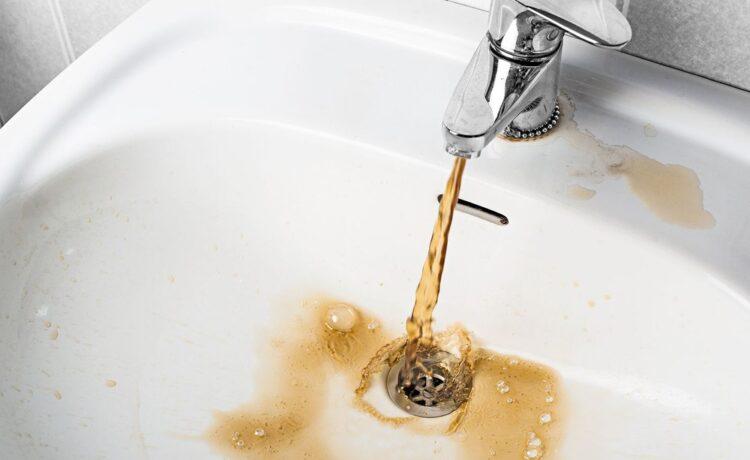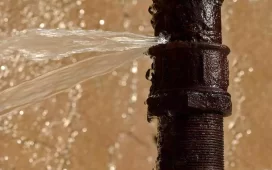You may have rusty water, which is just another name for water that contains a lot of iron, if it tastes like an old frying pan and your white clothes have developed an orange patina. Iron-rich water is another name for rusty water. Perhaps you were previously aware of that. You may also know that iron in water is not to blame for your recent weight gain or setting off the airport body scanner, despite the fact that iron is used in the creation of products like bridge girders and wrecking balls. But the truth is that it’s tough to get by on water that leaves a bad taste in your mouth, ruins your clothes, and discolours your fixtures. Plus, there are a variety of options open to you for dealing with its elimination.
Causing Factors for Rusty Water
Old metal water mains in municipal systems and wells with a high iron content are the most common causes of rusty water. The water in wells is another source of rusty water. Old metal water supply pipes generally rust from the inside out, as do rusty water heaters (which are now typically built of PVC) and metal well casings.
First Steps
Before wasting money on ineffective solutions, find out why your home’s water has turned rusty. As a result, you’ll be able to reduce your financial outlay. If your water heater is not very old and your home’s water supply pipes are built of copper (which does not rust), then you know that rust is getting into the water before it reaches your home. One of the first things you should do is get a water quality test done on the water straight from the tap. It’s likely that you’ll need a specialised filter to get rid of the extra iron; nevertheless, a test can tell you for sure what kind of filter you need to buy. You should have your water tested by an independent lab in order to avoid any appearance of bias.
Removing the Steel
When iron is a problem because it is present in either well water or municipal water supply, filtration is usually the best option. The best water filters are ones designed to get rid of not just iron but also the other impurities that tend to show up at the same time, such manganese, which can also leave stains. Even if conventional water softeners may remove some iron—perhaps even enough to prevent discoloration—they quickly become contaminated with excess iron and require additional treatment to continue functioning effectively. In a superior solution: To prevent iron from entering the water softener, you can either instal a pre-treatment system or switch to a water softener that includes an iron filter.
Controlling the Impact of Rust Spots
You may get products like Super Iron Out, which are designed to get rid of or significantly diminish the look of rust stains, to use on your dishes, clothes, and even your toilets. It is safe to use this home remedy on clothing, however it is recommended to verify the colorfastness of the fabric in a hidden place before proceeding.
You may remove stains by sprinkling salt on them and then using a mixture of lemon juice and salt.
Place in the open to dry in the sun.
To begin removing stubborn stains from porcelain toilets and rest of the fixtures, use a non-toxic cleaning agent, such as pumice stones or abrasive pads crafted for rust stain removal. If it doesn’t work, you may need to resort to a cleaner containing hydrochloric acid or oxalic acid, neither of which are exactly eco-friendly and should never be used in homes with septic systems. Do not use chlorine bleach on rust stains, as doing so will not only have no effect on removing the stain but will also set it deeper into the fabric.







